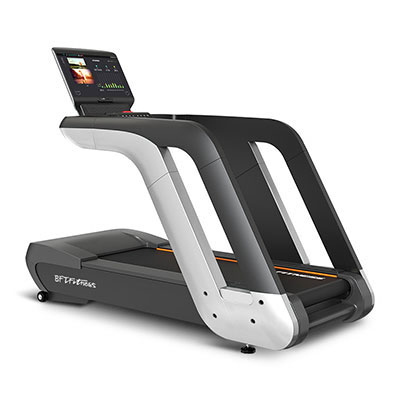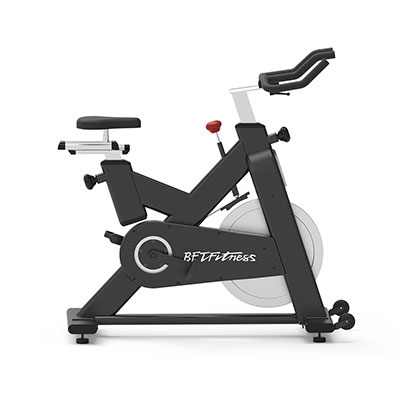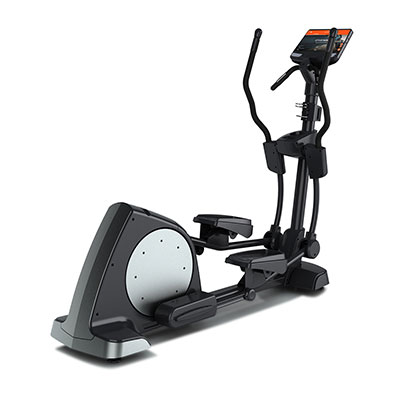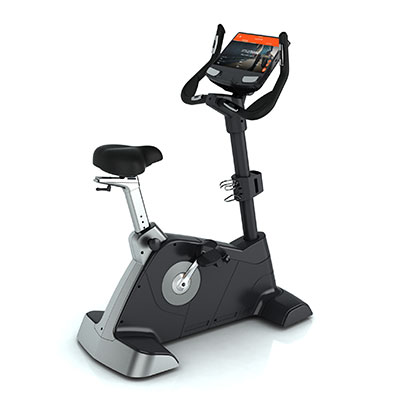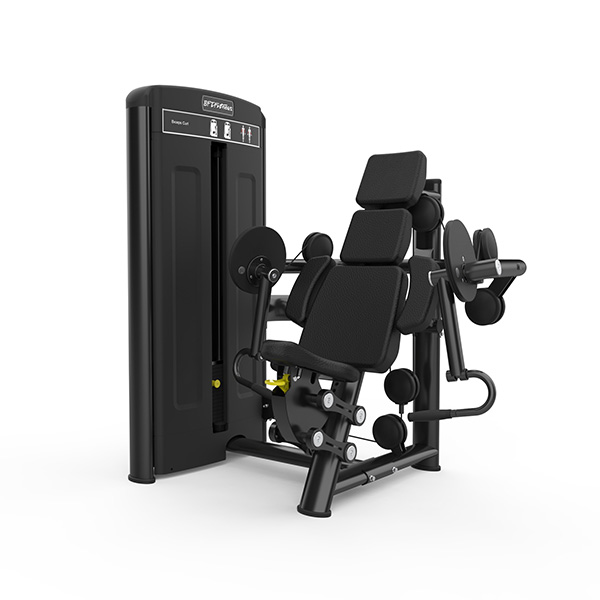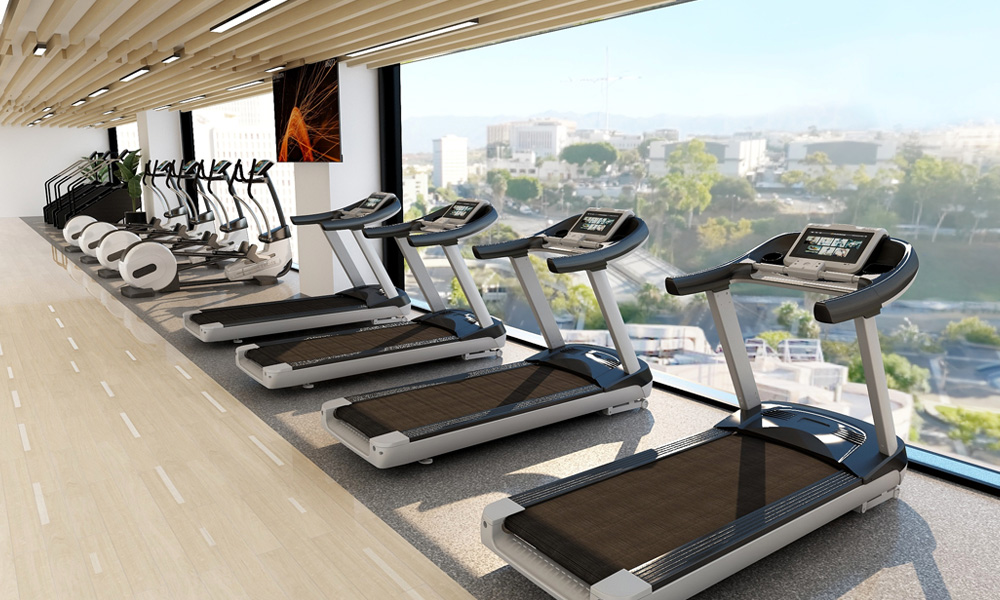AI in Fitness Equipment Design: Transforming the Next Generation of Training
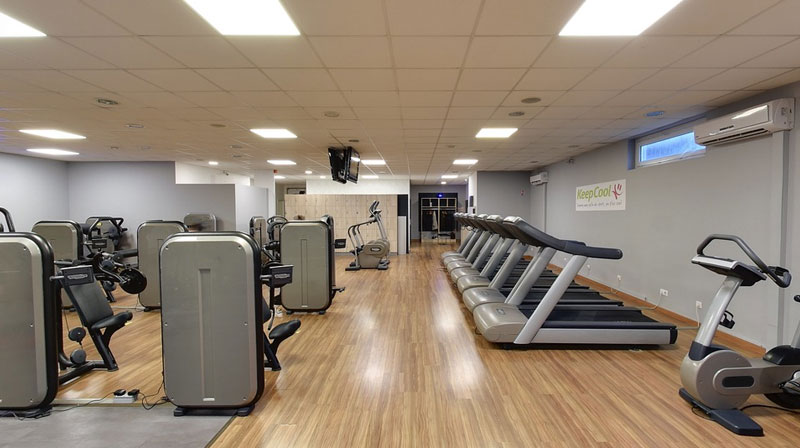
Artificial Intelligence is no longer just a trend—it's a core component in the evolution of modern fitness equipment. From biomechanics optimization to predictive maintenance, AI is transforming how equipment is designed, manufactured, personalized, and utilized.
For gyms, hotels, and premium health clubs, AI-driven equipment is becoming a key differentiator in delivering smarter, safer, and more connected training experiences.
1. AI-Driven Ergonomics for Better Human Movement
Traditional fitness equipment relies on fixed resistance curves and mechanical paths. AI changes this completely by learning from actual user movement.
AI technology can:
- Analyze joint angles and adjust resistance in real time
- Adapt range of motion based on the user’s mobility
- Reduce injury risk by correcting form and balance
- Optimize muscle targeting by modifying resistance profiles
This ensures that every repetition is optimized—not just executed.
2. Predictive Maintenance for Zero Downtime
One of the biggest frustrations in commercial gyms is broken or unavailable equipment.
AI-enabled machines continuously monitor:
- Motor temperature
- Belt tension
- Resistance motor output
- Vibration and wear patterns
When an abnormal pattern appears, the system automatically alerts operators before a failure happens.
This extends machine life, reduces repair costs, and keeps your facility running smoothly.
3. Personalized Training with Adaptive Intelligence
Every exerciser is unique. AI personalizes training by learning from:
- User performance history
- Strength levels
- Heart rate patterns
- Fatigue signals
A smart machine can automatically adjust:
- Load
- Speed
- Incline
- Repetition tempo
- Recovery intervals
Think of it as having a digital personal trainer built into every piece of equipment.
4. Data-Driven Design and Manufacturing
Manufacturers use AI to analyze massive amounts of performance data from fitness centers worldwide.
The results inform:
- Better frame geometry
- More durable mechanical systems
- Improved load paths
- Updated ergonomics for diverse body types
This leads to stronger, safer, and more intuitive equipment.
FAQ
Q1: Is AI fitness equipment suitable for small gyms?
A: Yes. AI-powered units are modular and can scale with your facility.
Q2: Does AI increase equipment cost significantly?
A: Slightly, but operational savings and member retention provide strong long-term ROI.

